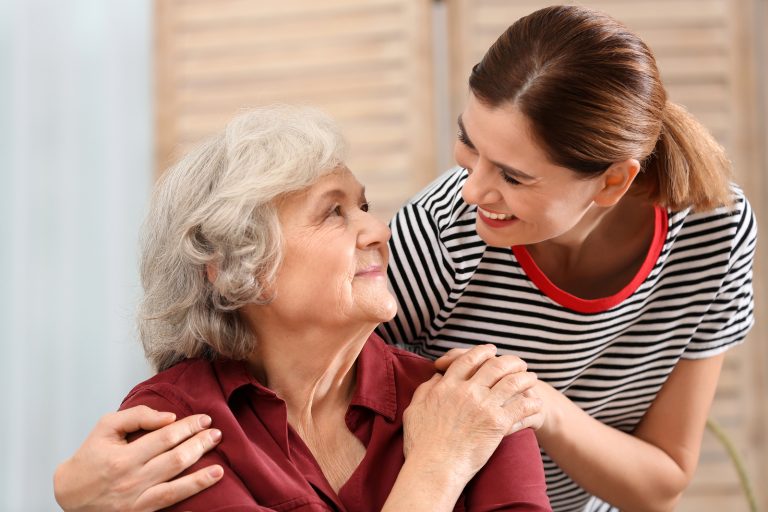
As we continue to navigate through COVID-19, we’re reminded of how important family and friends are in times of need.
Have you thought about who will care for you as you age? Chances are, you’ll need some kind of care as you age, and if you think your family or other loved ones can deliver that care, you might want to reconsider.
Today, 1 in 5 (53 million) Americans are caregivers, providing care to an adult or child. And new research from the AARP and National Alliance for Caregiving (NAC) reveals that the job is tougher than it was in 2015.
Caregiving in 2020: What’s Changed
In addition to the increase in the number of caregivers, the AARP and NAC found that 24% of caregivers are caring for two or more people. These findings mean Americans are continuing to step up to provide unpaid care for loved ones in times of need. The increase in care can be due to:
- The increasingly aging Boomer population requiring more care
- Limitations or shortages in healthcare or long-term services
- Increased efforts by states to facilitate home and community-based services
Caregiving is something that occurs across all generations, racial/ethnic groups, family types and income or educational levels.
When it comes to coordinating care, respondents say that not only do they have a difficult time finding appropriate care, but they also say that it’s difficult to coordinate that care across providers and find affordable care in their area.
In addition, only 41% of caregivers report their health is excellent or very good, down from 48% in 2015. One in four people providing care reports that it’s difficult to take care of their own health, which has resulted in conditions worsening.
What Caregiving Looks Like in 2020
Family caregivers provide about 24 hours of care a week in addition to any full-time work the person may also be doing. Sixty percent of caregivers help with the activities of daily living (ADL) and about 58% help with medical or nursing tasks.
It’s not just the caregiver who feels the effects of caregiving. Other members of the family, like children, may often be called upon to fulfill caregiving duties. About 14% of those caregivers who report receiving unpaid help receive that help from a person under the age of 18.
Additionally, the economic effects of family caregiving can result in financial strain with substantial financial
consequences. One in 5 caregivers report high financial strain as a result of caregiving (18 percent).
Four in 10 have experienced at least one financial impact as a result of their caregiving (45 percent).
Most commonly, 3 in 10 have stopped saving (28 percent) and 1 in 4 have taken on more debt
(23 percent), both of which could have longer-term repercussions on caregivers’ financial security into
the future, especially if the caregiving situation lasts a long time. Caregivers of adults find themselves
providing care for 4.5 years, on average, and an increasing proportion have been providing care for
5 years or longer (29 percent, up from 24 percent in 2015).
Relieve the Burden of Care
Fellowship Freedom Plans can help you relieve the burden of care from your loved ones. Our exclusive membership program that includes personal care coordination and highly trained caregivers, from our Fellowship Helping Hands organization, provides you with the care you need when you need it with the peace of mind your family deserves.
You can read more about the state of caregiving in 2020 in this report.




